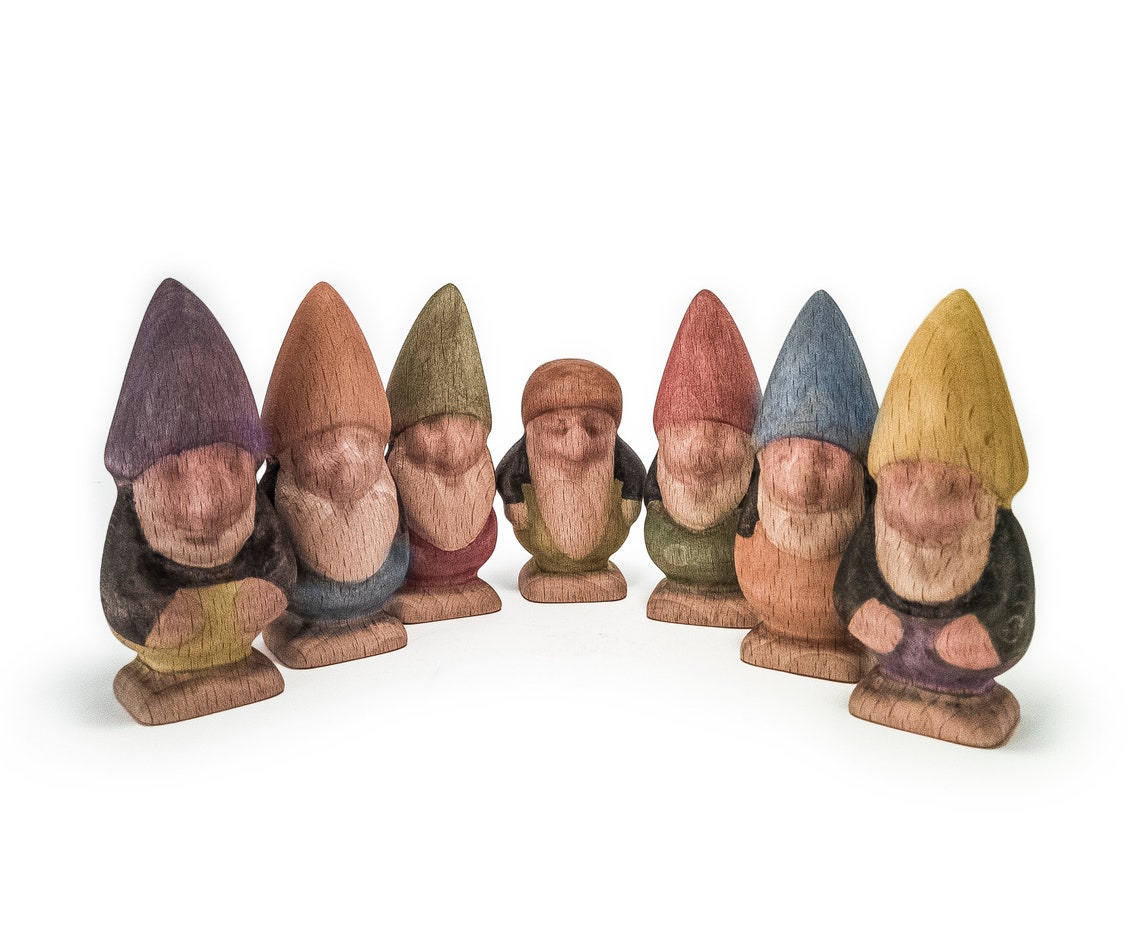Modern parents are aware of the benefits of play when it comes to cognitive and social development. Not all of them, however, are aware of the therapeutic benefits of play. As teachers, caregivers and toy makers, we constantly explore play and are informed not only by our own experience but also by the expertise of researchers. Here are some of our findings about the healing power of play.
How play can be therapeutic
Psychologists who work with children use play not only as a diagnostic instrument but also as a therapeutic tool. They do that because it is natural and easy for children to express themselves through play. Play is their way to process and come to terms with their emotional, behavioural, relational and other concerns. As volunteers at a refugee camp, we observed the impact of play on children who had experienced traumatic events and who still lived in a harsh environment, full of uncertainty and stressed out and frustrated adults. And we do not mean the effect of dedicated professional play therapy but the opportunity to attend the refugee camp play school and simply play. The play school teachers do their best to stimulate the process.
How to create the right environment for therapeutic play
One of the most common and efficient ways to explore oneself, one’s relations, family situation, community values, etc. is through symbolic play with small figurines. Children play out and often replay some scenarios for days on end in order to come to terms with them.
In order to engage in such meaningful and healing play, children need an environment where they feel safe and accepted. Adults should abstain from the urge to interfere in order to correct play scenarios that might look weird from their own perspective. In one of our older texts we shared some ideas on how to encourage pretend play.
The best play therapy toys
In order to engage in symbolic play children also need the right props. Small figurines, accessories and materials to build rich small world play are essential.
Human figurines, especially ones that represent ordinary people (e.g. family members) of different ages can be useful when children would like to explore social situations, to play out daily routine scenarios.
However, when children need to process and come to terms with some issues, they often pick figurines that represent animals, magical creatures, royal figures. Thus they avoid the vulnerability to directly represent themselves or other people they know. This gives them the freedom to fully express themselves, their difficult moods, feelings and events. Here is why therapists often have big collections of toy animals as well as mythical toy creatures and royal figures.
Other toys that might be of great use for meaningful healing play at home or in other play spaces are loose parts, construction sets, artistic materials. Some children would use them to create habitats and other scenery, and some would even use them to represent persons or to “take out” feelings and moods they need to figure out and come to terms with.
If you are interested in learning more about pretend play, please check our text on the importance of symbolic play.
